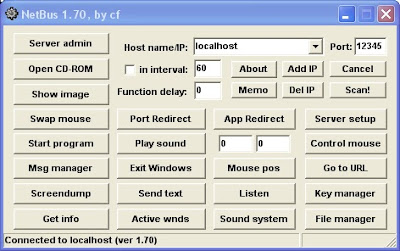

Common types of Trojan malware, from A to Z But you’ll probably wish they weren’t doing any of them on your device.

Trojans are designed to do different things. When you execute the program, the malware can spread to other files and damage your computer. The email is from a cybercriminal, and the file you clicked on - and downloaded and opened - has gone on to install malware on your device. You might think you’ve received an email from someone you know and click on what looks like a legitimate attachment.

Here’s a Trojan malware example to show how it works. Whether you prefer calling it Trojan malware or a Trojan virus, it’s smart to know how this infiltrator works and what you can do to keep your devices safe. Even so, Trojan malware and Trojan virus are often used interchangeably. Viruses can execute and replicate themselves. A Trojan is sometimes called a Trojan virus or a Trojan horse virus, but that’s a misnomer.


 0 kommentar(er)
0 kommentar(er)
